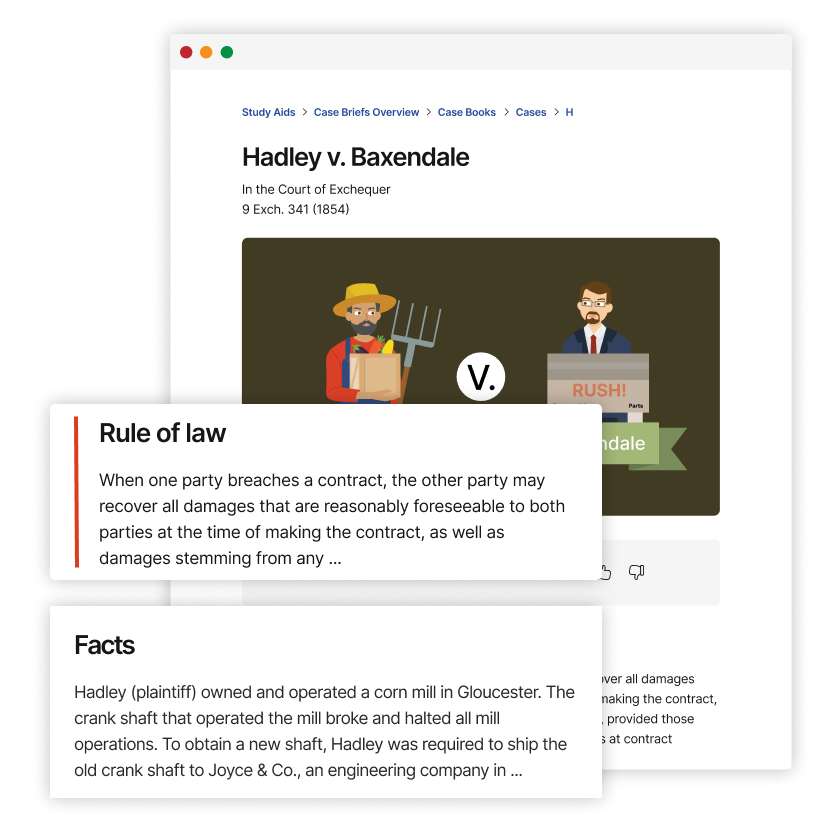Fleet National Bank v. Colt
Rhode Island Supreme Court
529 A.2d 122 (1987)
- Written by Serena Lipski, JD
Facts
Samuel P. Colt died in 1921, leaving behind a substantial estate. Samuel’s will created several testamentary trusts, including a trust established in the will’s twenty-eighth clause. The Twenty-Eighth Clause Trust put Samuel’s residuary estate into trust for Samuel’s two sons, Russell and Roswell Colt, and Samuel’s brother, LeBaron Colt (collectively, the first life tenants) for life. Following the death of each first life tenant, their respective shares would go to their surviving children for life (collectively, the second life tenants). Following the deaths of the second life tenants, their respective shares would be paid over in fee simple to their surviving children. All three first life tenants survived Samuel. At the time of Samuel’s death, he had four living grandchildren, one of whom, Elizabeth Stansfield, was the daughter of Roswell. Following Samuel’s death, Roswell had three more children, including Caldwell Colt and Melba Delmouzos, both second life tenants. Caldwell had two children, Samuel Peshmalyn Colt (Peshmalyn) and Julia Wedgewood Colt (plaintiffs). Melba Delmouzos had a daughter, Merika Delmouzos (plaintiff). After Caldwell’s death, the trustee filed a petition seeking instruction as to whether the rule against perpetuities barred Peshmalyn’s, Julia’s, and Merika’s interests from vesting because Caldwell and Melba, second life tenants, had not been alive at the time of Samuel’s death. Elizabeth and Melba were still alive at the time of the petition. Russell Colt’s estate (defendant) argued that the rule against perpetuities applied and barred their interest, and Peshmalyn, Julia, and Merika argued that the rule did not apply. The trial court granted a joint motion for certification to the state supreme court.
Rule of Law
Issue
Holding and Reasoning (Shea, J.)
What to do next…
Here's why 899,000 law students have relied on our case briefs:
- Written by law professors and practitioners, not other law students. 47,000 briefs, keyed to 994 casebooks. Top-notch customer support.
- The right amount of information, includes the facts, issues, rule of law, holding and reasoning, and any concurrences and dissents.
- Access in your classes, works on your mobile and tablet. Massive library of related video lessons and high quality multiple-choice questions.
- Easy to use, uniform format for every case brief. Written in plain English, not in legalese. Our briefs summarize and simplify; they don’t just repeat the court’s language.




